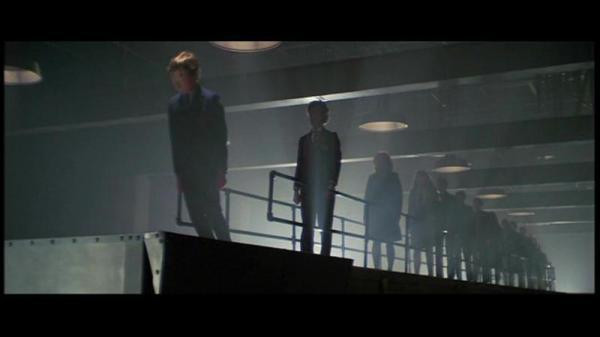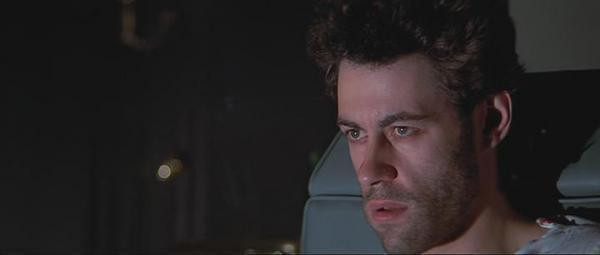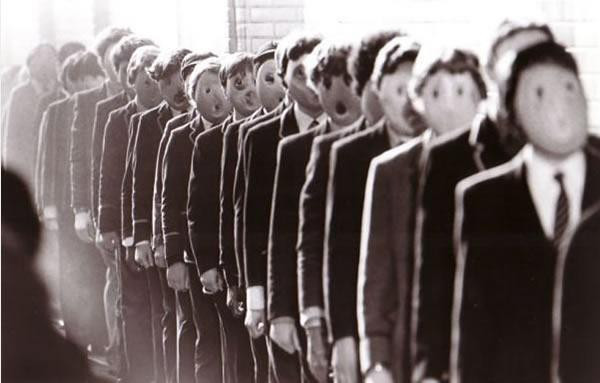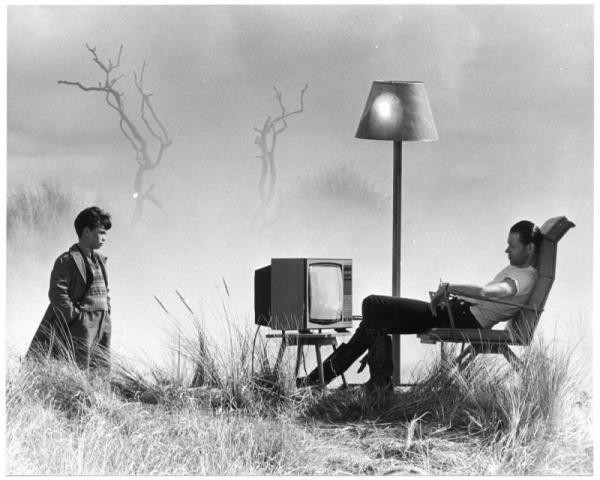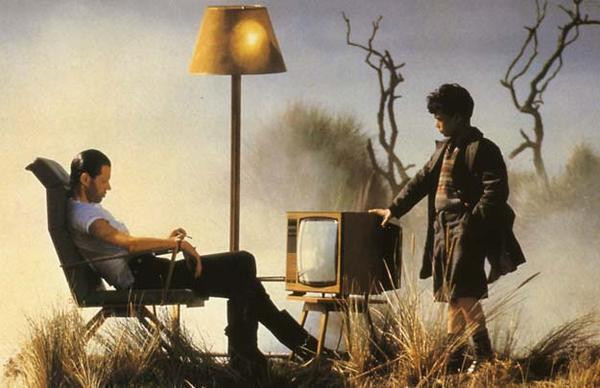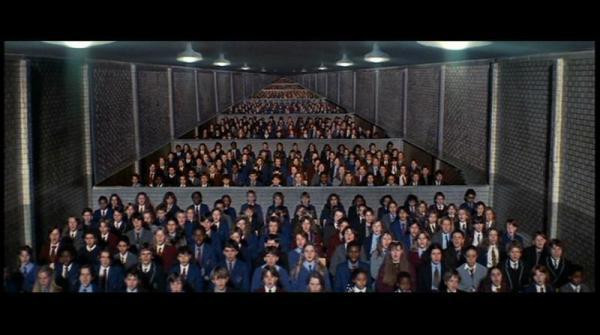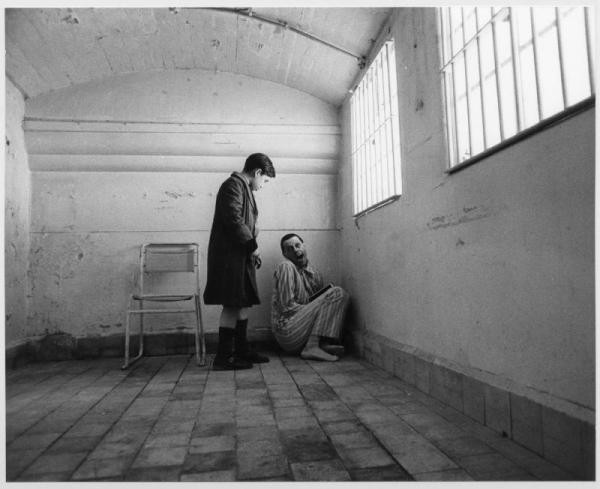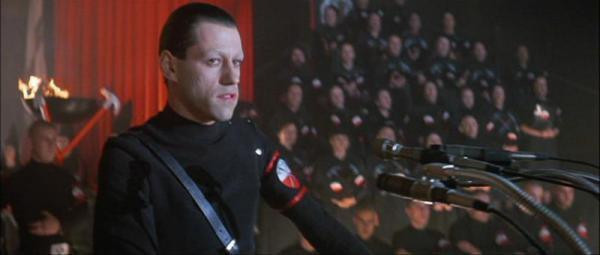Pink Floyd: The Wall tells the story of Pink, a rock star who has locked himself in his hotel room, away from the world. As Pink sits in his chair, in front of a flickering television, he reminisces about his life and the events that caused him to isolate himself. The wall of the title refers to the boundary that Pink has created to separate himself from other people.Pink's story is told through a series of flashbacks. We first see that his father died on the battlefield in World War II. We see that a young Pink is raised by his mother, but longs for a father figure in his life. We then see Pink in school, where he is demeaned by the teacher. The school system is presented as an assembly line, thus presenting the song „Another Brick in the Wall, Part 2". The story then jumps ahead to Pink's present life. He is on tour, but misses his wife. He suspects that she is having an affair and this idea only drives him deeper into isolation. Each of these events, causes Pink to add another brick to „the wall" that he has surrounded himself with in order to keep the world at bay. Pink's attempts to party with a groupie end in disaster, which only drives him farther into his despair, and causes him to begin to self-mutilate. As the movie spirals to a finale, Pink's search goes inward, as he tries to break down the wall.
While that description of the plot of The Wall may sound straight-forward and easy to follow, the way in which the story is presented is very unique. The narrative is presented not through classic acting and dialogue, but rather through message-laden images and music. It is through the imagery and music that we learn these things. The amount of actual dialogue in the film is minimal. As the music plays such a vital role in the film, those who are missing that gene which allows people to understand rock lyrics may have a bit of a problem following the story. Pink Floyd: The Wall has long been regarded as a film for which one must be drunk or stoned to understand.
Speaking of the pretty colors, the thing that makes Pink Floyd: The Wall so unique is the animation by Gerald Scarfe. The majority of the most famous images from the film, the screaming face, the walking hammers, and the giant creature that appears to be talking out of its nether regions, are taken from the animated segments of the film. Scarfe disturbing images were created using different mediums, such as chalk and crayon. While Scarfe's work is rarely subtle, such as the Union Jack which turns into a bleeding cross, or the two flowers that morph into a couple having sex, they definitely pack a punch and add another level to an already deep film. While Bob Geldof's musical contributions to the world may be questionable, his acting turn in Pink Floyd: The Wall is very impressive. Without the benefit of dialogue and being able to tell us how he feels, Geldof is forced to use facial expressions and physical gestures to convey his misery. Kudos must also go to director Alan Parker for pulling the whole thing off. Pink Floyd: The Wall tells an epic story in a very unique way. The film has some massive sets, as well as the realistically staged war sequences. Parker is able to pull off these scenes with their grand scale, but also manages to bring across the sad, poignant story of Pink.
Mike Long
AWARDS AND NOMINATIONS -
Program
- 13.05.2021
DOM NA KINOTO - 18.30 часа - 15.09.2021
CINEMA ODEON - 21.00 часа




